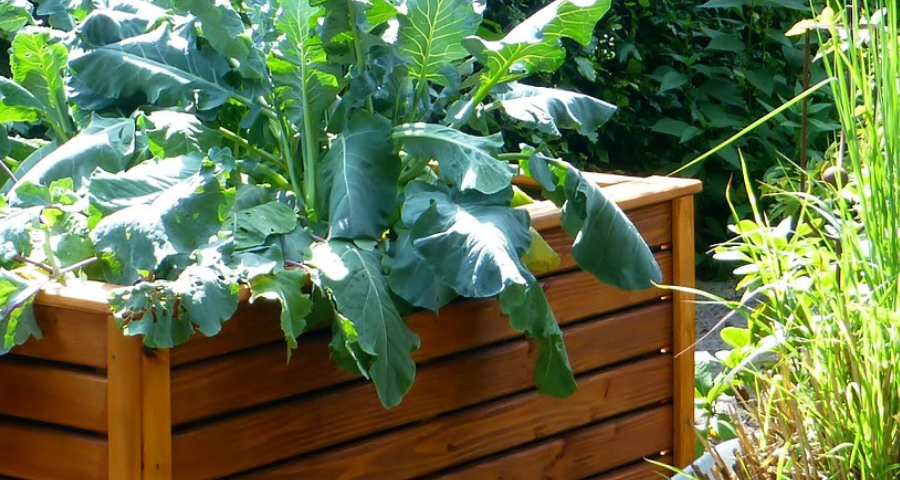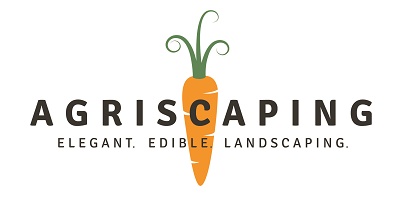Elegant Raised Bed Gardening

Elegant Raised Bed Gardening
Above ground gardening or raised gardening can take many forms. While many of us are familiar with raised bed boxes, most raised gardens do not have boxes around them, but are mounds of properly prepared soil that provides good drainage. Raised gardens can also be pots or other containers on a patio and vertical gardens.
There are many benefits to raised bed gardening that make it more desirable than many other forms of gardenings. These benefits also form 3 of the principles of successful raised gardens.
Keep convenient
Raised gardens are often more convenient than in-ground gardening, because they are elevated or in pots. As a result, they typically take less effort and require less bending to maintain. Properly maintained gardens will produce a more successful crop.
Raised gardens should not be wider than your ability to reach across the bed comfortably. This makes weeding and other maintenance easier. They also help gardeners to better utilize available space for higher yields. Raised gardens can be put just about anywhere and can be moved if needed.
Plant for yield
Raised gardens are normally faster to get up and growing because soil preparation and weeds are better controlled. This results in a longer growing season than in-ground gardens. Raised gardens can be planted intensively, so that the productivity and yield of every square inch can be planned and better controlled than in traditional in-ground gardens.
Proper planning can also allow for better planned succession planting and multiple growing seasons that is not practical with in-ground gardens. Raised beds can also be moved and placed in the best sunlight and most ideal microclimate for particular plants to grow once they are properly identified. As a result raised gardens can increase the productivity of any yard.
Control the soil
The soil in raised gardens is easier to amend by adding the right mixture of the type of desired soil and other amendments, including perlite and vermiculite. All soil must be fed to remain healthy, and a good raised garden starts with healthy soil. Even when raised gardens are done directly in the ground without boxes, there is often less compaction, better aeration, and better drainage within the soil. Because of the focus on good soil, raised gardens often require less water than traditionally-irrigated gardens.
To keep soil healthy, we recommend adding a couple of inches of soil and amendments each growing season. A common rule of thumb is that you add enough soil and amendments to keep the height of the raised garden consistent season over season. This is typically 2-4 inches in raised beds, above ground beds, vertical gardens and in containers.
Vertical gardens are increasing in popularity. They are elegant, efficient and relatively easy to maintain, allowing anyone to grow a very productive garden in a small space that offsets grocery costs, creating family food security.
Yet, many think a vertical garden is complex and don’t know where to start. By understanding the type of vertical garden you want and following the principles below, you can grow a vertical garden in your home, in your yard, or on your porch or balcony with confidence.
Vertical gardens are typically divided up into five categories:
1. Trellis Gardening: This method typically involves growing a plant from the ground and training it to grow up a supporting structure such as a trellis, a fence or archway. It may also include a living fence, hedge or even training one plant to grow up another.
2. Wall Gardens: One of the most popular types of small-space gardening currently. These include wall planters, gutters, or garden boxes that can be affixed to a wall.
3. Table Gardens: This includes growing plants on a table top in trays, on a counter, and even in a garden bed that has been raised up on legs! Plants in table gardens grow at waist height and are not planted in the ground.
4. Hanging Gardens: These include hanging pots and other containers or plants that are suspended from a ceiling, roof or wall. It may also include living roofs.
5. Tower Gardens: These are most often aquaponic systems or herb gardens that grow in large freestanding containers.
Which garden are you going to implement into your landscaping? If you need assistance, schedule a consultation with one of our Agriscaping Pros at agriscaping.com
To find out what webinars or live classes are available for free click here!
There are many benefits to raised bed gardening that make it more desirable than many other forms of gardenings. These benefits also form 3 of the principles of successful raised gardens.
Keep convenient
Raised gardens are often more convenient than in-ground gardening, because they are elevated or in pots. As a result, they typically take less effort and require less bending to maintain. Properly maintained gardens will produce a more successful crop.
Raised gardens should not be wider than your ability to reach across the bed comfortably. This makes weeding and other maintenance easier. They also help gardeners to better utilize available space for higher yields. Raised gardens can be put just about anywhere and can be moved if needed.
Plant for yield
Raised gardens are normally faster to get up and growing because soil preparation and weeds are better controlled. This results in a longer growing season than in-ground gardens. Raised gardens can be planted intensively, so that the productivity and yield of every square inch can be planned and better controlled than in traditional in-ground gardens.
Proper planning can also allow for better planned succession planting and multiple growing seasons that is not practical with in-ground gardens. Raised beds can also be moved and placed in the best sunlight and most ideal microclimate for particular plants to grow once they are properly identified. As a result raised gardens can increase the productivity of any yard.
Control the soil
The soil in raised gardens is easier to amend by adding the right mixture of the type of desired soil and other amendments, including perlite and vermiculite. All soil must be fed to remain healthy, and a good raised garden starts with healthy soil. Even when raised gardens are done directly in the ground without boxes, there is often less compaction, better aeration, and better drainage within the soil. Because of the focus on good soil, raised gardens often require less water than traditionally-irrigated gardens.
To keep soil healthy, we recommend adding a couple of inches of soil and amendments each growing season. A common rule of thumb is that you add enough soil and amendments to keep the height of the raised garden consistent season over season. This is typically 2-4 inches in raised beds, above ground beds, vertical gardens and in containers.
Vertical gardens are increasing in popularity. They are elegant, efficient and relatively easy to maintain, allowing anyone to grow a very productive garden in a small space that offsets grocery costs, creating family food security.
Yet, many think a vertical garden is complex and don’t know where to start. By understanding the type of vertical garden you want and following the principles below, you can grow a vertical garden in your home, in your yard, or on your porch or balcony with confidence.
Vertical gardens are typically divided up into five categories:
1. Trellis Gardening: This method typically involves growing a plant from the ground and training it to grow up a supporting structure such as a trellis, a fence or archway. It may also include a living fence, hedge or even training one plant to grow up another.
2. Wall Gardens: One of the most popular types of small-space gardening currently. These include wall planters, gutters, or garden boxes that can be affixed to a wall.
3. Table Gardens: This includes growing plants on a table top in trays, on a counter, and even in a garden bed that has been raised up on legs! Plants in table gardens grow at waist height and are not planted in the ground.
4. Hanging Gardens: These include hanging pots and other containers or plants that are suspended from a ceiling, roof or wall. It may also include living roofs.
5. Tower Gardens: These are most often aquaponic systems or herb gardens that grow in large freestanding containers.
Which garden are you going to implement into your landscaping? If you need assistance, schedule a consultation with one of our Agriscaping Pros at agriscaping.com
To find out what webinars or live classes are available for free click here!

